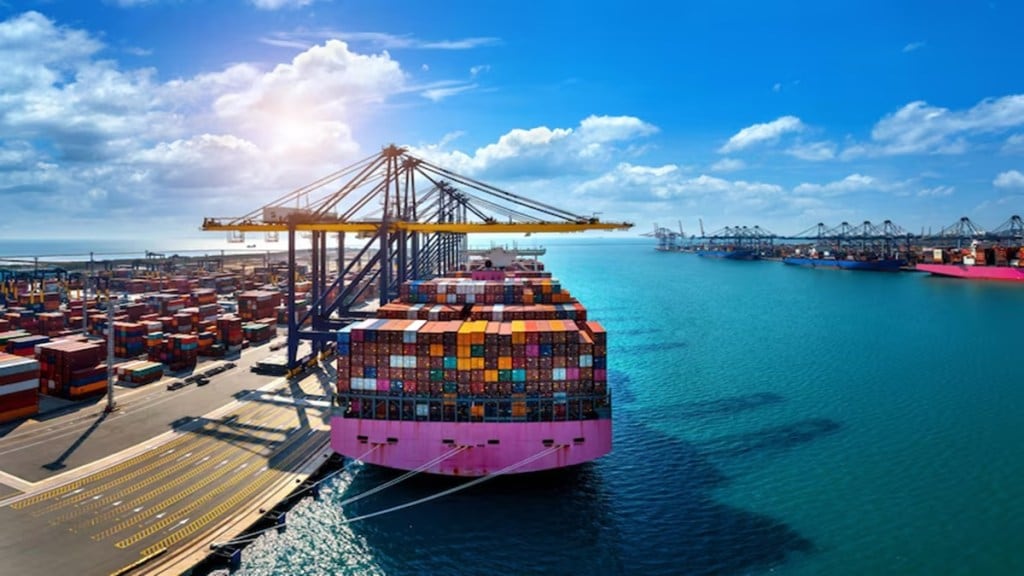These are challenging times for the world economy with the prospect of a full-blown trade war triggered by US President Donald Trump’s imposition of 10% tariffs on all countries and reciprocal tariffs on those nations with which America has the largest trade deficits. Although he was forced to pause his reciprocal tariff agenda for 90 days, levies on China were raised as high as 145% for its retaliatory actions. Though Trump has been making some conciliatory noises in the past couple of days, the prospect of an all-out trade conflict between the two biggest powers is roiling the markets as policymakers and finance ministers from around the world are in Washington to attend the International Monetary Fund (IMF)-World Bank spring meetings this week.
Surging tariffs amidst a dangerous spike in trade policy uncertainty negatively impact trade, raise inflation, and lower global growth. As the IMF MD noted in a speech ahead of the spring meetings, “trade tensions are like a pot that was bubbling for a long time and is now boiling over”, reflecting an erosion of trust in the international system and between nations. With effective US levies higher than levels of the 1930s, the dangerous portends are eerily reminiscent of that decade when Smoot-Hawley tariffs triggered a collapse of global trade. The impact assessments of the trade war by the IMF and World Trade Organization (WTO) clearly indicate the negative shock to global economic activity. Tariff announcements between February 1 and April 4 are factored in the reference forecast of the IMF’s World Economic Outlook that downgrades global growth to 2.8% this year and also for most countries, including India.
The World Bank has also trimmed its growth forecast for India for FY26 in this milieu of tariffs and rising trade policy uncertainty. The Fund outlined an alternative scenario that takes into account tariff developments till April 14, but this does not change the global outlook as effective levies of the US and China remain elevated. Global trade growth will dip more than output to 1.7% this year. Not so different is the WTO’s forecast of a fall in global trade volumes by 1.5%: based on tariff measures as of April 14, including suspension of reciprocal tariffs, global trade volumes will decline by 0.2%. Enactment of reciprocal tariffs would reduce global trade by another 0.6 percentage points while the spread of trade policy uncertainty shaves off an additional 0.8 percentage points.
Of course, these forecasts are highly provisional given the unpredictability of Trump’s on and off tariff agenda. Global trade and growth prospects obviously would improve if the biggest powers pull back from the brink as Trump is now signalling a thaw on import tariffs for China. But that still is a big if as neither the US nor the dragon has blinked first. The US reportedly seeks to use the pause on reciprocal tariffs to negotiate with 70 partner countries to isolate China. China, in turn, has threatened retaliation against those who negotiate with the US at its expense. In this milieu, a more realistic prospect is for global trade and investment flows to increasingly fragment along geopolitical lines, broadly into US- and Sino-centric blocs. Countries like India should not take sides in this struggle for global dominance. Our prospects in navigating through the disruption of a high-tariff world improve manifold if we leverage the opportunities thrown up by fragmentation by cutting trade deals with the US and other major powers while also engaging with China.


